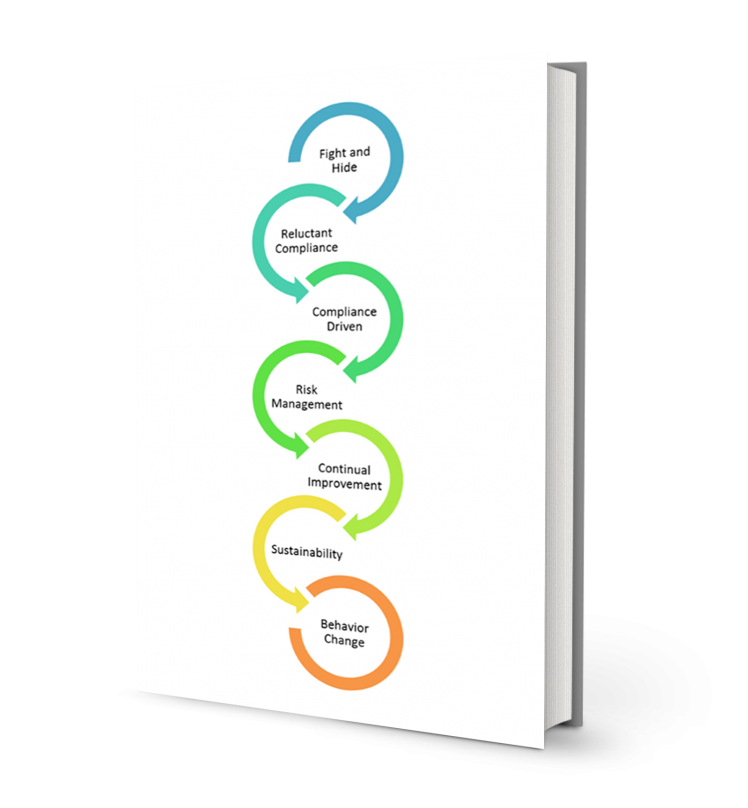EVALUATION OF LECTURERS’ LEVEL OF ACCEPTANCE AND USE OF E-LEARNING IN HIGHER INSTITUTION IN A PERIOD OF ECONOMIC UNCERTAINTY
EZINWA, AMUCHE UJU
+2348066004618 au.ezinwa@unizik.edu.ng Department of Educational Foundations, Faculty of Education. Nnamdi Azikiwe University, Awka , Anambra State.
EZEUGO, NNEKA CHINYERE
+2348033965303 nc.ezeugo@unizik.edu.ng Department of Educational Foundations, Faculty of Education. Nnamdi Azikiwe University, Awka , Anambra State.
MBELEDE, NJIDEKA GERTRUDE
+2348035523211 ng.mbelede@unizik.edu ng Department of Educational Foundations, Faculty of Education. Nnamdi Azikiwe University, Awka , Anambra State.
It is a known fact that the uncertainty in the economy which was caused by dreadful scenes like COVID-19 pandemic, insecurity in Nigeria and inter-tribal wars has in one way or the other affected our educational system. This has compelled the entire world, especially at higher education institution levels to rely on e-learning for education. This study aimed at evaluating the lecturers' level of acceptance, usage and challenges encountered in the use of e-learning in higher institutions in Anambra State. Four research questions guided the study. The population for the study consisted of all the lecturers in the Faculty of Education/schools in two Federal Higher Institutions in Anambra State. The sample comprised 200 lecturers obtained through simple random sampling technique. A descriptive survey design was adopted in the study. An instrument titled Lecturers? Acceptance of E-learning Questionnaire (LAEQ) was used to generate data. The data generated were analyzed using mean and standard deviation .The findings revealed among others that insufficient basic e-learning facilities, incompetence in digital/information technology skills and financial challenges in Nigeria have affected the acceptance of e-learning in higher education institutions. It was therefore recommended that the lecturers also should be sensitized on the use of online learning through series of workshops.
Agostini, L. Nosella, A. (2020). The adoption of industry 4.0 technologies in SMEs: results of an international study. Manag decision 58(4):625–643. Al Suwailem, R. (2018). Factors affecting faculty’s intent to use e-learning systems at a university in the Kingdom of Saudi Arabia. Doctoral Dissertation, Eastern Michigan University. Available at: https://commons.emich.edu/theses/906 Anene, J.N., Imam, H., Odumuh, T. (2014). Problem and prospect e-learning in Nigerian Universities. Int J Technol Incl Educ 3(2):320–327 Asogwa, U. (2018). E-learning: A panacea for access, equity and quality higher education in Nigeria. NAEP Publication. Atsumbe, B.N., Emmanuel, R. and Igwe, C.O.(2012). Repositioning vocational and technical education for effective manpower production in Nigeria. IOSR J Mech Civil Eng 1(4):01–06 Eze, S. C. and Chinedu-Eze, C. V. (2018). Examining information and communication technology (ICT) adoption in SMEs: A dynamic capabilities approach. Journal of Enterprise Information Management, 31(2), 338–356. Moganashwari, K. and Parilah, M. S. (2013). Knowledge, attitude and use of ICT among ESL teachers. Proceeding of the Global Summit on Education.11-12 March 2013, Kuala Lumpur. Organized by WorldConferences.net. Nwokolo, S.A, Allu, S. and Rabiu, G.M. (2017). A review of E-learning technologies adoption in Nigeria’s tertiary education institutions. J Eng Sci Technol 1(1):67–71
Ndibalema, P. (2014). Teachers’ attitudes towards the use of information communication technology (ICT) as a pedagogical tool in secondary schools inTanzania: The case of Kondoa District. International Journal of Education and Research, 2(2), 1-16. Okocha, S.A. and Odinko, M.N. (2023). E-Learning Facilities Availability, Usability and Adaptability as Predictors of Job Effectiveness among Academic Staff of University of Ibadan, University of Ibadan, Nigeria Rosnaini, M. and Mohd-Arif, H. I. (2010). Impact of training and experience in using ICT on in- service teachers’ basic ICT literacy. Malaysian Journal of Education Technology, 10(2): 1-8. Stufflebeam, D. L. (2001). Evaluation models, New Directives for Evaluation, No 89 San Francisco CA: Jossey-Bass. UNESCO, (2014). Information and communication technology (ICT) in education in Asia: A comparative analysis of ICT integration and e-readiness in schools across Asia Montreal: UNESCO Institute for statistics. http://www.uis.unesco.org/communication/Documents/ICT-en.pdf. Zang, G., Zeller, N. Griffith, R. Metcalf, D. Williams, J. Shea, C. and Misulis, K. (2011). Using the context, input, process and product evaluation (CIPP) model as a comprehensive framework to guide the planning, implementation and assessment of service-learning programmes. Journal of Higher Education Outreach and Engagement,Vol.15, No. 4. Pp.57-83
Ndibalema, P. (2014). Teachers’ attitudes towards the use of information communication technology (ICT) as a pedagogical tool in secondary schools inTanzania: The case of Kondoa District. International Journal of Education and Research, 2(2), 1-16. Okocha, S.A. and Odinko, M.N. (2023). E-Learning Facilities Availability, Usability and Adaptability as Predictors of Job Effectiveness among Academic Staff of University of Ibadan, University of Ibadan, Nigeria Rosnaini, M. and Mohd-Arif, H. I. (2010). Impact of training and experience in using ICT on in- service teachers’ basic ICT literacy. Malaysian Journal of Education Technology, 10(2): 1-8. Stufflebeam, D. L. (2001). Evaluation models, New Directives for Evaluation, No 89 San Francisco CA: Jossey-Bass. UNESCO, (2014). Information and communication technology (ICT) in education in Asia: A comparative analysis of ICT integration and e-readiness in schools across Asia Montreal: UNESCO Institute for statistics. http://www.uis.unesco.org/communication/Documents/ICT-en.pdf. Zang, G., Zeller, N. Griffith, R. Metcalf, D. Williams, J. Shea, C. and Misulis, K. (2011). Using the context, input, process and product evaluation (CIPP) model as a comprehensive framework to guide the planning, implementation and assessment of service-learning programmes. Journal of Higher Education Outreach and Engagement,Vol.15, No. 4. Pp.57-83

